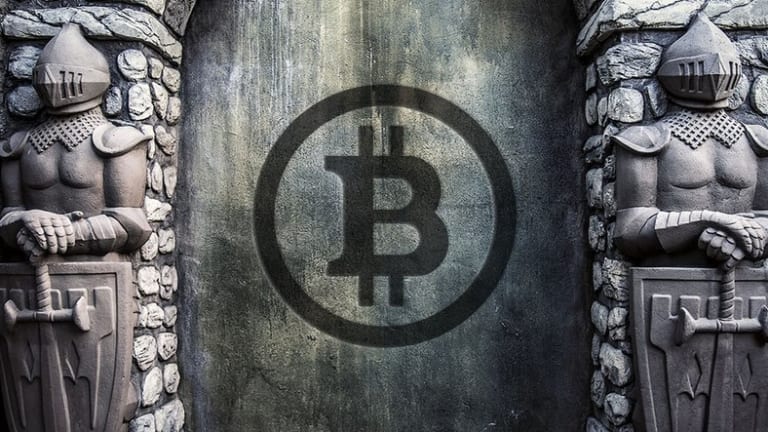Bitcoin as a contemporary financial defence protocol

Bitcoin as a contemporary financial defence protocol
We can see the digital money – BTC has the power to challenge many more systems, including the eighteenth-century monetary defensive protocol that works on 21st-century financial defence protocol.
For many more start-up companies, the sole purpose of any protocol is to offer the best barriers that are designed to boost safety and add to security. Hence, the more robust protocol can help secure the best protection with the guarantee.
Thus you can remain the constitution, for instance, a defensive protocol that remains construction for the individual’s liberty and outlines the people as defined by the government.

It remains the protocol for many revolutionary documents that further will help give away the best of the civilization options before history. Thus, the protocol you get will help you play safely, make a secure choice to form the future and thus even pave the ways to check the various moments at a time. Check out bitcoineras.com/ for more complete information about bitcoin trading.
Building the defensive protocol
Now, you need to develop the defensive protocol of the nation that comes under the 10th section of Article 1, and it helps in working with the financial protocol of the country. An 18th-century monetary system can help to limit the officials’ ability to spend over the idea of reducing the nation’s debt.
We also have explored history as to how things are repeated and how often we see the rhymes working as per the founders of the nation demanding the money supply. After all, you can find too many people now in history starting up with the idea of earning quality money and then gaining the best way to do things.
Up in the high skill, you can find too many more options of gold and silver now taking place in the defence system that remains like a protocol moving ahead with inflation and then act like a currency debasement.

The currency system
The currency defensive financial protocol system working in the market is the same old 18th-century system. These remain highly valuable, and thus you can find the same heavily secured in a secured and trained format coming along in the 21st century. It was the one that the DoD developed in the US.
It came with the help of their tactics in the world. It holds the nation’s gold and assures the thick granite wall that further allows you to gain the blast-proof doors that only weigh around 20 tons. It works for about 24 hours per day and around the year.
The guards are positioned in many more directions, and they work like any barrier working against the potential adversaries. In addition, you can find the military protection now working the best answer needed the way it attacks the helicopter and chopper. The firepower behind it makes all the difference in designing the defence protocol.
For the proper context and purpose, we see gold now being used as a financial tool that helps store the value of different goods and develop in building good wealth for carrying out the advanced civilization.
We see the organic makeup features coming along with the combined options to scarce the water and allowing the global trade to work like cutting-edge technology breakthroughs. The possession of gold has come up with some of the best track records that offer quality money. It has helped many people to damage the civilization that works for many more historical looks that keep on repeating.
Only when you see the culture going ahead does it come with some of the incorruptible money with BTC. It has come up with a new idea that offers the perfect defence system.

The road ahead
The Bitcoin network has much to offer in the 21st-century solution that provides the best 18th-century problem-solving. It also helps replace the low-quality financial defence system protocol that can help in boosting up the protection of the people’s rights while preventing them from spending.
Also, the protocol has much to offer when we talk about the national prevention system. Soon we see the nation becoming a security option rising ahead with the leaders and see the purpose flowing too well in the market. Thus if you want to sustain in this era, you need to work in the right direction as the road ahead comes into the picture.




